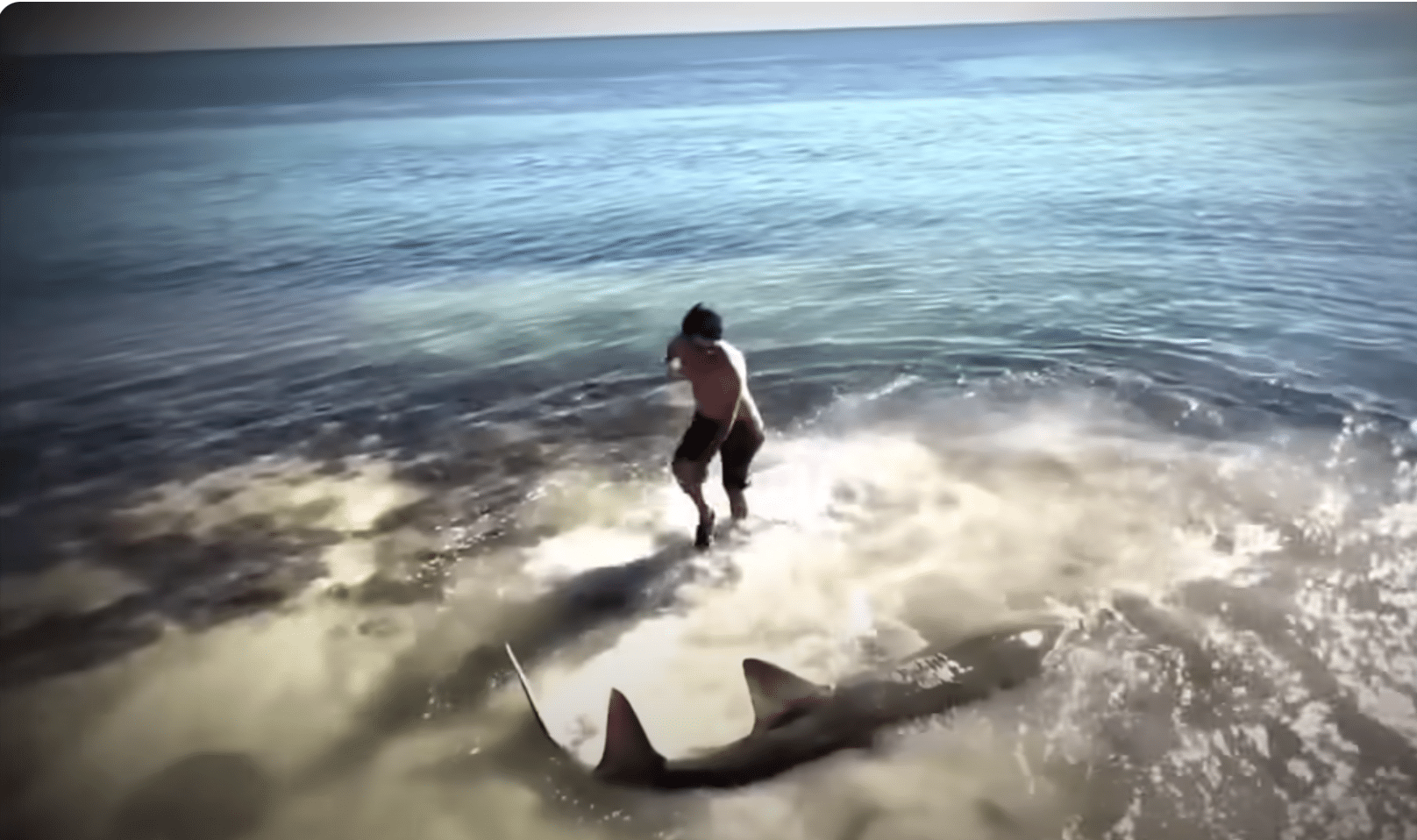As the end of the legislative session came to a close last week in Tallahassee, legislators added an item to the state budget that would fund research on a marine mystery developing in the Florida Keys.
If signed into the budget by the governor, $2 million will be allocated to the Florida Fish and Wildlife Conservation Commission to “determine the scale and scope of the ongoing fish mortality and disease event in Biscayne Bay, Florida Bay, and the Florida Keys.”
Since Local 10 News’ report last week, the number of critically endangered smalltooth sawfish that have been recorded dead by FWC has risen to 21, and we have received a steady stream of videos from concerned residents in the Florida Keys.
Separately, more than a dozen fish species have been seen “spinning” and acting erratically.
“Now we don’t know if these two events are related,” Gil McCrae, the director of the FWC’s Fish and Wildlife Institute, explained to Local 10 Anchor and Environmental Advocate Louis Aguirre. “But we have the investigations and lines of inquiry going on right now.”
FWC says they have ruled out pathogens, bacterial infections and red tide toxins.
In a statement, the agency also added that “dissolved oxygen, salinity, pH, and temperature are not suspected to be the cause of the fish behavior or kills.” That full statement can be read at the bottom of this article.
But officials aren’t the only ones investigating.
“Back in February of last year, I noticed that pinfish started behaving odd, like they were playing dead,” reflected Little Torch Key resident Gregg Furstenwerth. “And then some of them were spinning.”
For Furstenwerth, the Lower Keys are more than just a vacation spot. This is his home.
That’s why after he saw that first pinfish he pressed record, and hasn’t put down his camera since.
“And then come around November, I started seeing the behavior (the fish) start doing that again,” Furstenwerth said.
“At first, I was scared and now I’m just curious what the environment is going to turn into if this keeps on progressing.”
That curiosity is fueling both residents and tourists to document these bizarre behaviors from Key West, all the way north to Key Largo.
In a video posted Wednesday by the Ocean First Institute, the organization’s director of research and conservation, Chris Malinowski, expressed his shock and awe.

















